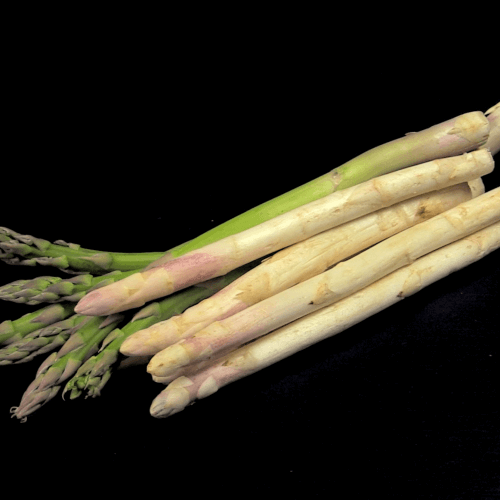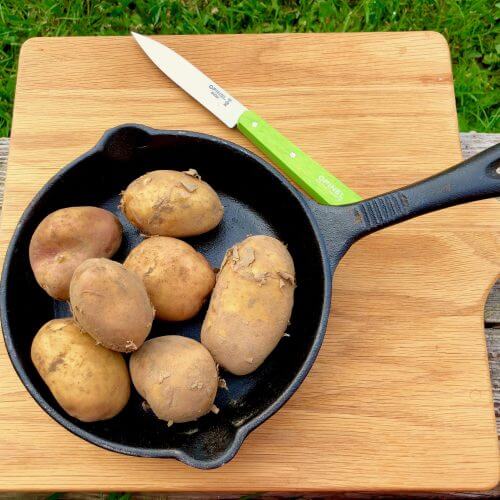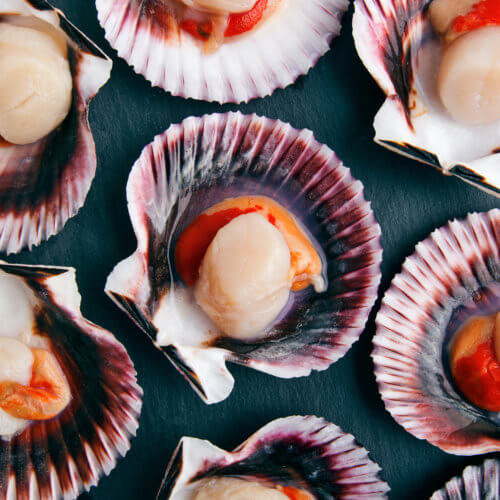Ever since our ancestors started to grow crops such as wheat and barley back in 9000 BC, some people have been unable to tolerate any gluten in their diet. Adverse reactions such as bloating and bowel conditions mean that many people are unable to eat wheat, barley and rye, and one in one hundred people also suffer from the autoimmune coeliac disease, that is caused by intolerance to gluten.
Coeliac disease is a chronic inflammatory disease of the lining of the small bowel caused by the body’s immune system attacking the lining of the gut when gluten is ingested. This reduces the ability of the gut to absorb nutrients from food, causing vitamin and mineral deficiencies.
Untreated, coeliac disease can lead to serious health implications such as anemia, osteoporosis and even some types of cancer. The only effective treatment is to avoid eating gluten permanently. Which, given that wheat, barley and rye are present in most food groups, is not an easy task.
Fortunately, in recent years, gluten intolerance has been taken more seriously, and more producers, shops and restaurants are offering gluten free options. Living with a gluten intolerance no longer means avoiding your favourite foods, it just means knowing which grains and flours to avoid, and which substitutions can be made.
It can be tricky, particularly because gluten crops up in places you would least expect to see it, such as in soy sauce, tomato ketchup, mustard and even some soups. It is important to read labels, and look out for special sections of some supermarkets selling gluten free alternatives.
When it comes to baking (lets face it, we would all miss pastry, cakes and biscuits), gluten free flours such as corn, rice, potato, chestnut and buckwheat can give impressive results, particularly when coupled with xanthan gum to give the ‘stretch factor’, often lost without gluten, although not all recipes require this.




